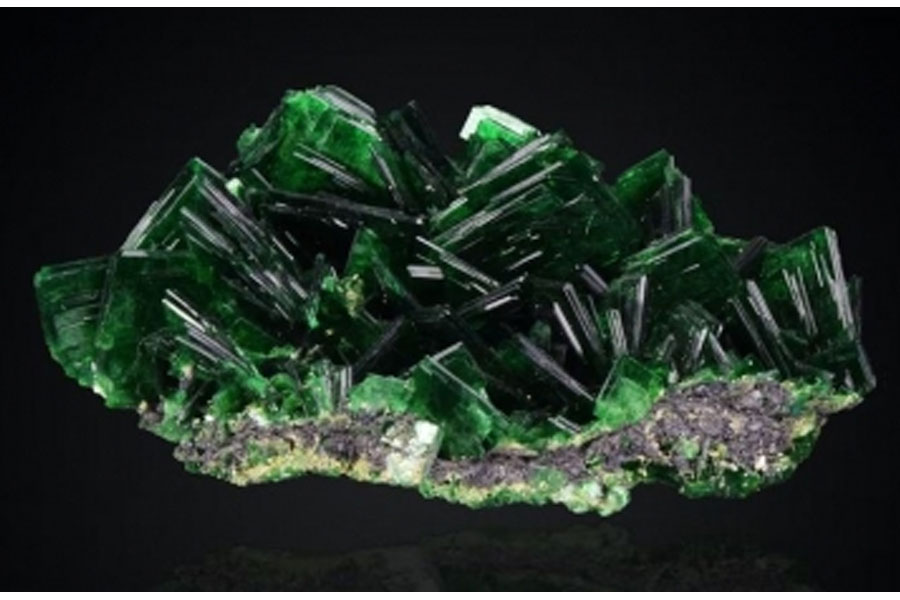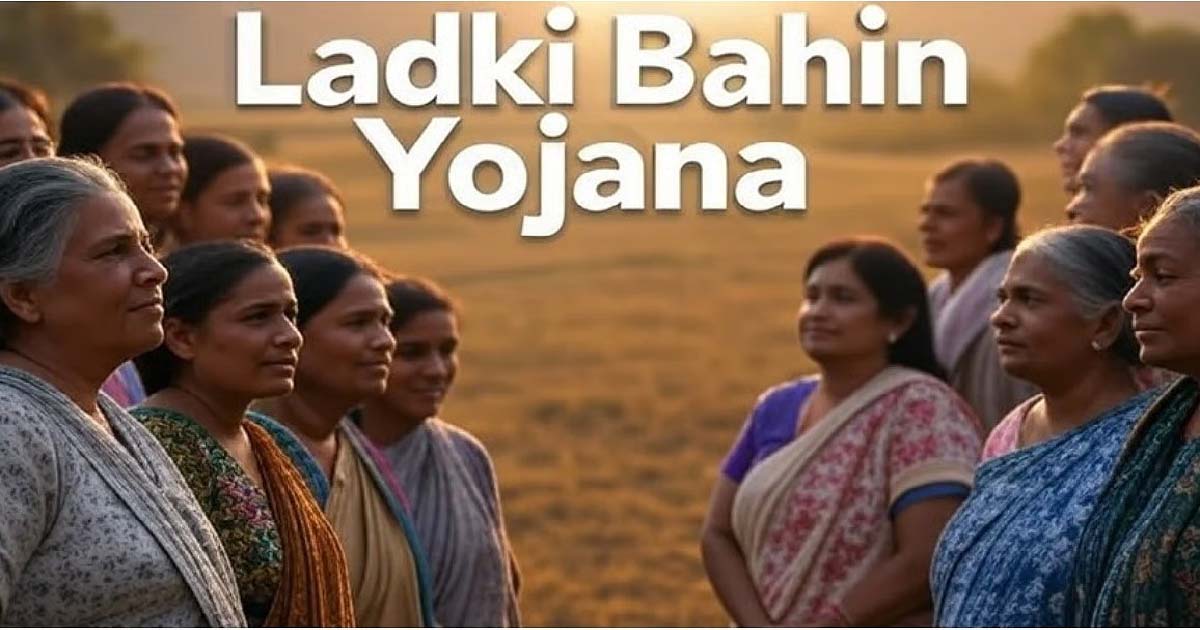National News
15-year study details origins, diversity of every known mineral

A 15-year study led by the Carnegie Institution for Science details the origins and diversity of every known mineral on the Earth, a landmark body of work that will help reconstruct the history of life on the earth, guide the search for new minerals and ore deposits, predict possible characteristics of future life, and aid the search for habitable planets and extraterrestrial life.
In twin papers published by American Mineralogist and sponsored in part by NASA, Carnegie scientists Robert Hazen and Shaunna Morrison detail a novel approach to clustering (lumping) kindred species of minerals together or splitting off new species based on when and how they originated.
Once mineral genesis is factored in, the number of “mineral kinds” — a newly-coined term — totals more than 10,500, a number about 75 per cent greater than the roughly 6,000 mineral species recognized by the International Mineralogical Association (IMA) on the basis of crystal structure and chemical composition alone.
“This work fundamentally changes our view of the diversity of minerals on the planet,” says Hazen, Staff Scientist with the Earth and Planets Laboratory, Carnegie Institution for Science, Washington DC.
“For example, more than 80 per cent of earth’s minerals were mediated by water, which is, therefore, fundamentally important to mineral diversity on this planet. By extension, this explains one of the key reasons why the moon and mercury and even mars have far fewer mineral species than the earth.”
“The work also tells us something very profound about the role of biology,” he adds. “One third of earth’s minerals could not have formed without biology — shells and bones and teeth, or microbes, for example, or the vital indirect role of biology, such as by creating an oxygen-rich atmosphere that led to 2,000 minerals that wouldn’t have formed otherwise.”
“Each mineral specimen has a history. Each tells a story. Each is a time capsule that reveals earth’s past as nothing else can.”
According to the paper, nature created 40 per cent of earth’s mineral species in more than one way — for example, both abiotically and with a helping hand from cells — and in several cases used more than 15 different recipes to produce the same crystal structure and chemical composition.
Of the 5,659 recognized mineral species surveyed by Hazen and colleagues, nine came into being via 15 or more different physical, chemical and/or biological processes — everything from near-instantaneous formation by lightning or meteor strikes, to changes caused by water-rock interactions or transformations at high pressures and temperature spanning hundreds of millions of years.
And, as if to show she has a sense of humour, nature has used 21 different ways over the last 4.5 billion years to create pyrite (aka Fool’s Gold) — the mineral world’s champion of diverse origins.
Pyrite forms at high temperature and low, with and without water, with the help of microbes and in harsh environments where life plays no role whatsoever.
Composed of one part iron to two parts sulfide (FeS2), pyrite is derived and delivered via meteorites, volcanoes, hydrothermal deposits, by pressure between layers of rock, near-surface rock weathering, microbially-precipitated deposits, several mining-associated processes, including coal mine fires, and many other means.
To reach their conclusions, Hazen and Morrison built a database of every known process of formation of every known mineral.
Relying on large, open-access mineral databases, amplified by thousands of primary research articles on the geology of mineral localities around the world, they identified 10,556 different combinations of minerals and modes of formation, detailed in the paper, “On the paragenetic modes of minerals: A mineral evolution perspective.”
National News
Maharashtra Govt Asks Ladki Bahin Beneficiaries To Complete E-KYC By November 18

Mumbai: The Maharashtra government has asked beneficiaries of the ‘Mukhyamantri Majhi Ladki Bahin’ scheme to complete the mandatory e-KYC by November 18.
State Women and Child Development Minister Aditi Tatkare said that the honorarium for October will be disbursed from Wednesday, and the amount will be credited directly into the Aadhaar-linked bank accounts of all eligible women beneficiaries.
The state government’s flagship scheme, launched in July last year, provides monthly assistance of Rs 1,500 to women in the 21-65 age group, whose annual family income is less than Rs 2.5 lakh.
The government made e-KYC mandatory for the scheme in September, giving beneficiaries two months to complete the process and issued a government resolution regarding this.
Tatkare, in a post on X, said that the scheme, launched as a social and economic empowerment initiative for women across Maharashtra, continues to gain widespread support and trust from women in the state.
She said that to ensure smooth continuation of the scheme, an e-KYC facility was available on the official portal, ladakibahin.maharashtra.gov.in, since last month, and all beneficiaries have been asked to complete the e-KYC process by November 18.
Talking to PTI, the minister said, “The government has stopped monthly disbursal of Rs 1,500 to 12,000 bank accounts held by men, while the amount disbursed to ineligible women beneficiaries, who were government employees and those covered by other government schemes, over the last year has been recovered.” At present, more than 2.3 crore beneficiaries are registered under the scheme, and the monthly instalment for October will be disbursed from Wednesday, she said.
Crime
Punjab bypoll: Drugs, liquor, freebies valued at Rs 57.47 crore seized

Chandigarh, Nov 4: After the enforcement of the Model Code of Conduct for the by-election to the Tarn Taran Assembly constituency, Punjab Police, following the directions of the Election Commission, has made seizures of drugs, liquor, cash and freebies valued at over Rs 57.47 crore.
According to details, from October 7, the day the Model Code of Conduct came into effect, till November 3, the police in the Tarn Taran constituency seized 51,429.50 litres of liquor valued at Rs 32,89,160, narcotic substances of Rs 56,67,10,500 (21,811.10 grams), cash amounting to Rs 9,73,480, and other items valued at Rs 37,85,700.
Chief Electoral Officer Sibin C said the police have been directed to maintain round-the-clock surveillance through CCTV cameras at all checkpoints in the constituency to curb illegal smuggling activities.
He added that strict action is being ensured against those attempting to influence voters by distributing cash or any other kind of freebies during the elections.
The Chief Electoral Officer said there are a total of 192,838 voters in the constituency, which includes 100,933 men, 91,897 women and eight third-gender voters. There are 1,357 service voters, 1,657 voters aged above 85 years, 306 NRI voters, and 1,488 voters with disabilities. The number of young voters aged between 18 and 19 years stands at 3,333.
He said there are 222 polling stations set up at 114 polling station locations, of which 60 are urban and 162 are rural.
The Tarn Taran bypoll on November 11 was necessitated by the death of AAP MLA Kashmir Singh Sohal, who had won the seat with 52,935 votes, defeating Shiromani Akali Dal’s Harmeet Singh Sandhu.
Fifteen candidates are in the fray. They include Sukhwinder Kaur of the Shiromani Akali Dal, Harjit Singh Sandhu of the BJP, Harmeet Singh Sandhu of the Aam Aadmi Party, and Karanbir Singh of the Congress.
National News
Mumbai Police Rescue 60-Year-Old Man Attempting Suicide From 22nd Floor In Malad

Mumbai, November 4: In a timely and coordinated operation, the Kurar Police in Mumbai prevented a major tragedy by rescuing a 60-year-old man who was attempting to jump from the 22nd floor of a residential building.
The quick-thinking officers acted immediately upon receiving information about the distress call, showcasing the Mumbai Police’s commitment to protecting lives beyond law enforcement duties.
As per a post shared by Mumbai Police on their official handle on X, officials from the Kurar Police Station rushed to the scene soon after receiving the alert.
Recognising the urgency, the police sought assistance from the Fire Brigade, who quickly arrived with rescue equipment. Together, they managed to reach the man and safely bring him down before any harm could occur.
After being rescued, the 60-year-old man was taken to the Kurar Police Station, where he was provided immediate counselling and emotional support. Authorities ensured he was safe and received the necessary care following the traumatic incident.
The Mumbai Police continue to emphasise the importance of mental health awareness and urge citizens to seek help during emotional distress, reminding everyone that timely intervention can save lives.
-

 Crime3 years ago
Crime3 years agoClass 10 student jumps to death in Jaipur
-

 Maharashtra1 year ago
Maharashtra1 year agoMumbai Local Train Update: Central Railway’s New Timetable Comes Into Effect; Check Full List Of Revised Timings & Stations
-

 Maharashtra1 year ago
Maharashtra1 year agoMumbai To Go Toll-Free Tonight! Maharashtra Govt Announces Complete Toll Waiver For Light Motor Vehicles At All 5 Entry Points Of City
-

 Maharashtra1 year ago
Maharashtra1 year agoFalse photo of Imtiaz Jaleel’s rally, exposing the fooling conspiracy
-

 National News1 year ago
National News1 year agoMinistry of Railways rolls out Special Drive 4.0 with focus on digitisation, cleanliness, inclusiveness and grievance redressal
-

 Maharashtra12 months ago
Maharashtra12 months agoMaharashtra Elections 2024: Mumbai Metro & BEST Services Extended Till Midnight On Voting Day
-

 National News1 year ago
National News1 year agoJ&K: 4 Jawans Killed, 28 Injured After Bus Carrying BSF Personnel For Poll Duty Falls Into Gorge In Budgam; Terrifying Visuals Surface
-

 Crime1 year ago
Crime1 year agoBaba Siddique Murder: Mumbai Police Unable To Get Lawrence Bishnoi Custody Due To Home Ministry Order, Says Report












